Pets, like humans, experience pain, but they can't verbally communicate what they're going through. Instead, they show signs of discomfort through changes in behaviour, posture, or activity. As pet parents, it's crucial to recognise signs of dog pain, as untreated issues can have significant long-term consequences for your dog’s health and quality of life. Below are answers to common questions, backed by clinical evidence and examples.
Will My Dog Eat if They're in Pain?
Loss of appetite is a common symptom in dogs experiencing pain. Dogs may stop eating when they’re in pain due to a variety of reasons, including nausea, difficulty chewing, or simply a reduced interest in food. Clinical evidence suggests that pain can trigger changes in the dog's nervous system, influencing appetite-regulating hormones. For instance, studies have found that dogs in pain, especially those with conditions like arthritis or abdominal issues, may exhibit anorexia (loss of appetite).
A key example of dog pain is a pet with gastric ulcers or pancreatitis: these conditions cause significant discomfort, often leading to vomiting and a reluctance to eat. Additionally, dental pain from untreated periodontal disease can make eating difficult and painful for dogs, leading them to avoid food.
References:
- Innes, J. F., & Redman, C. M. (2009). Canine pain management: A review of common conditions. Journal of Small Animal Practice, 50(7), 368-378.
- Oliviero, C., et al. (2012). Gastrointestinal disease in dogs: Symptoms and treatment. Veterinary Journal, 191(2), 137-145.
When Is a Dog in Pain?
Pain in dogs can arise from various sources such as injuries, infections, arthritis, or even more subtle causes like internal organ distress. The symptoms of pain can range from mild discomfort to severe distress, and veterinary clinical practice emphasizes that observing your dog’s behaviour is key in identifying when they are in pain.
Dogs may demonstrate pain by:
- Limping or favouring a limb
- Whining or whimpering
- Changes in behaviour, such as aggression or withdrawal
- Increased heart rate or panting
A study published in the Journal of Veterinary Internal Medicine notes that dogs suffering from chronic pain (e.g., osteoarthritis) often show a decrease in activity and a change in gait. By recognising these signs early, pet parents can seek veterinary help before the pain becomes unmanageable.
References:
- Tinga, T. H., et al. (2011). Observational methods for assessing pain in dogs. Journal of Veterinary Internal Medicine, 25(4), 710-719.
Why Does My Dog Cry or Yelp When Touched?
Dogs often yelp or cry when touched if they are experiencing pain, especially if the area being touched is sore or injured. Painful spots, such as joint pain in dogs with arthritis, or soft tissue injuries from overexertion, can make even light pressure painful. Veterinary studies indicate that dogs with musculoskeletal pain (like arthritis) may react sensitively to touch around the affected joint or muscle.
An example of dog pain is a pet with hip dysplasia: when touched around the hip joint, they may cry or attempt to pull away due to discomfort. The pain could also be triggered by something as simple as a change in posture or when the dog is handling a previously injured area.
References:
- Whitley, K. J., & Moore, D. A. (2014). Pain assessment in dogs with osteoarthritis. Journal of Veterinary Behavior, 9(4), 214-220.
Is My Dog in Pain When Pooping?
If a dog shows signs of pain while pooping, it could indicate gastrointestinal discomfort, an impacted anal gland, or issues like constipation or rectal injuries. Dogs with gastrointestinal problems may have difficulty passing stools, leading to discomfort or pain. Clinical evidence from studies involving dogs with constipation shows that these dogs may whine or grunt, and may even adopt an uncomfortable posture while trying to relieve themselves.
Anal gland impaction can also cause pain during defecation. Dogs with full or infected anal glands often show signs of distress while pooping, such as scooting, excessive licking of the rear, or vocalisation. In some cases, impacted anal glands can become infected, exacerbating pain and requiring veterinary intervention.
References:
- Rios, D., et al. (2016). Impact of constipation on dogs: Clinical observations and management strategies. Veterinary Clinics of North America, 46(6), 1183-1195.
- Boran, P. H., et al. (2011). Treatment and prevention of anal sac impaction in dogs. Veterinary Medicine and Surgery, 45(4), 262-271.
Why Does My Dog Whine When Picked Up?
Pain when being picked up often points to musculoskeletal issues or injuries. For example, dogs with intervertebral disc disease (IVDD) may exhibit pain when being lifted because it puts strain on their back or neck. Clinical studies indicate that dogs with spinal issues often show distress when their spine is manipulated, and picking them up may aggravate the condition.
Similarly, arthritis or joint pain in the elbows, hips, or knees may make lifting painful for older pets or those with degenerative conditions. A study in the Journal of the American Veterinary Medical Association highlighted that lifting dogs with joint disease could cause them pain and stress.
References:
- Meij, B. P., et al. (2012). Management of intervertebral disc disease in dogs. Journal of Small Animal Practice, 53(6), 331-338.
- Smith, P. M., et al. (2011). Osteoarthritis in dogs: A review of clinical signs and treatments. Veterinary Clinics of North America, 41(4), 705-714.
When Does a Dog Show Pain While Lying Down?
If your pet is in pain while trying to lie down, it’s often associated with arthritis or musculoskeletal injuries. The act of laying down requires shifting weight, and for dogs with painful joints, this action can trigger discomfort. A study in the Journal of Veterinary Medicine found that pets with osteoarthritis often have trouble getting comfortable and may resist lying down or frequently change positions in an attempt to alleviate pain.
Hip dysplasia and elbow dysplasia can cause difficulty when lying down, especially if the dog has been active or is attempting to lie on a hard surface. Your pet may also take longer to settle or whine in distress before lying down due to discomfort.
References:
- Conzemius, M. G., et al. (2011). Canine osteoarthritis: Pathophysiology and treatment. Journal of Veterinary Internal Medicine, 25(5), 1127-1134.
- Lascelles, B. D. X., et al. (2008). Assessment of pain in dogs with hip dysplasia. Veterinary Journal, 176(2), 263-267.
Why Does My Dog Bark When in Pain?
Barking can be a way for dogs to express distress or frustration. Clinical studies indicate that dogs may bark more when in pain, particularly if they feel anxious or scared due to their discomfort. Pain can make your pet feel vulnerable, and barking could be a response to the stress they are experiencing.
An example is a pet with oral issues from dental disease or abscesses. This may cause the dog to bark or whine when approached or when trying to eat. Similarly, a dog in severe pain from an injury or internal issue may bark as a response to the discomfort or because they are frightened.
References:
- Weary, D. M., et al. (2006). Pain in animals: A review of behavioral indicators. Applied Animal Behaviour Science, 98(1), 3-22.
- Breznock, E. M., et al. (2012). The relationship between chronic pain and vocalisation in dogs. Journal of Veterinary Behavior, 7(6), 215-220.
What Sound Does a Dog Make When in Pain?
When dogs experience pain, they often make sounds that indicate distress. These sounds can include whining, whimpering, yelping, or growling. The intensity and type of sound can vary depending on the level and type of pain. Whining or whimpering is a common sound pets make when they feel discomfort but are not yet in severe pain. Yelping is typically heard in response to sudden or sharp pain, such as a sudden injury or when a sore spot is touched. In more severe cases, pets may even growl or bark especially if they feel threatened or frightened by the discomfort.
References:
- Breznock, E. M., et al. (2012). The relationship between chronic pain and vocalisation in dogs. Journal of Veterinary Behavior, 7(6), 215-220.
- Weary, D. M., et al. (2006). Pain in animals: A review of behavioral indicators. Applied Animal Behaviour Science, 98(1), 3-22.
Conclusion
Understanding the signs is crucial for effective treatment and ensuring your dog’s well-being. Recognising changes in appetite, behaviour, mobility, and vocalisation can help identify when your dog is in pain. Clinical evidence suggests that conditions like arthritis, musculoskeletal injuries, and gastrointestinal issues are common causes. If you are concerned, it’s essential to consult with a veterinarian to determine the underlying cause and explore management options.
By staying attentive to the signs of pain and seeking prompt veterinary care, you can improve your pet's comfort and quality of life.

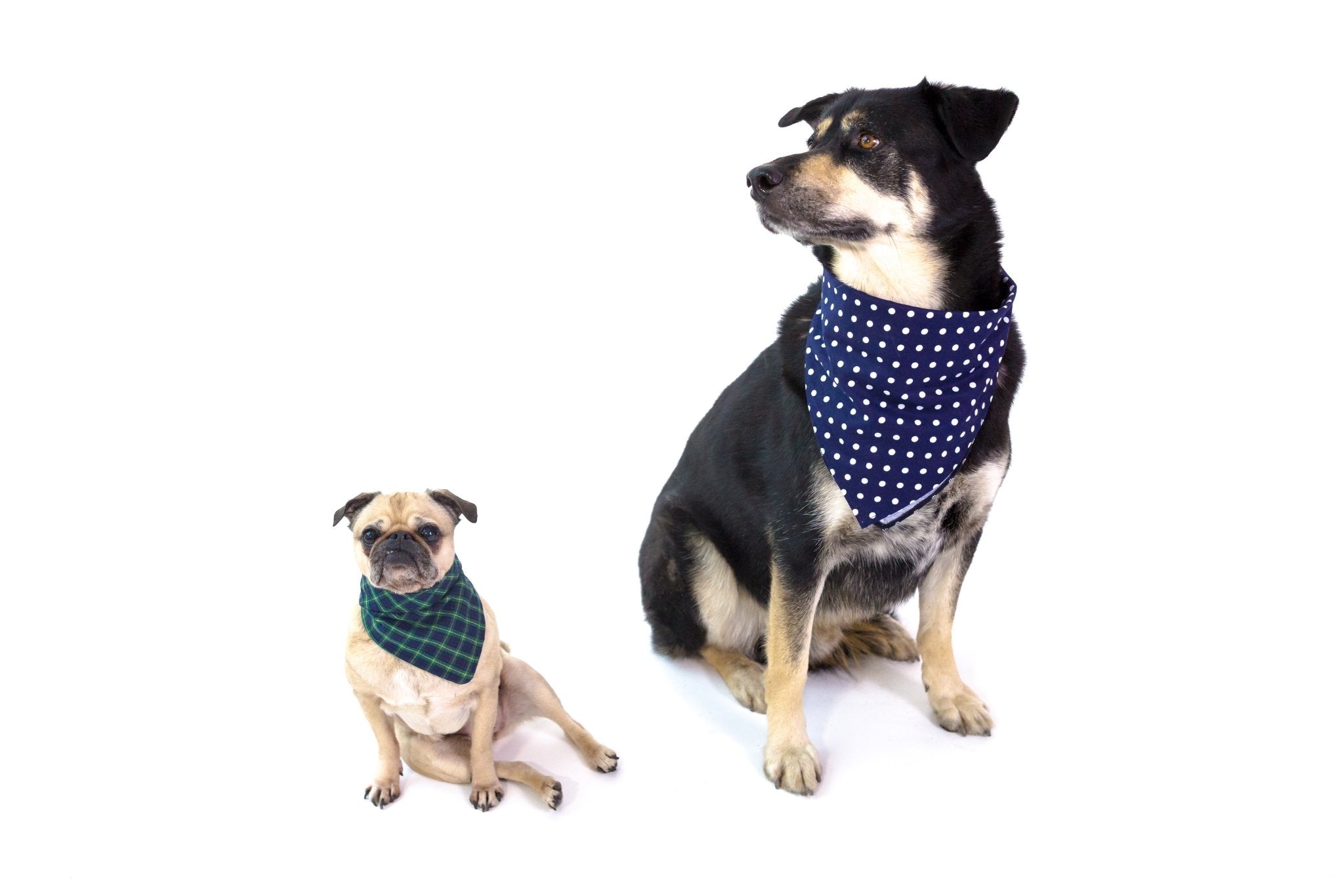


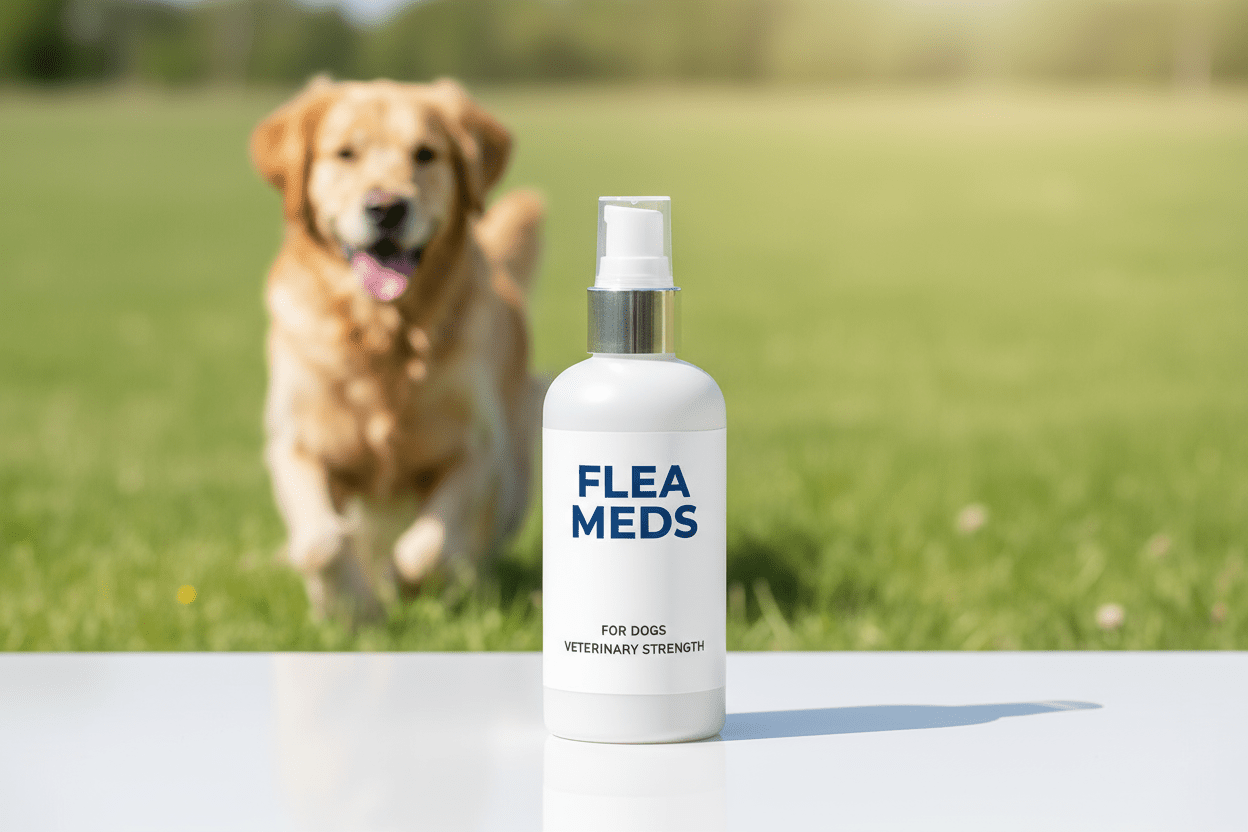
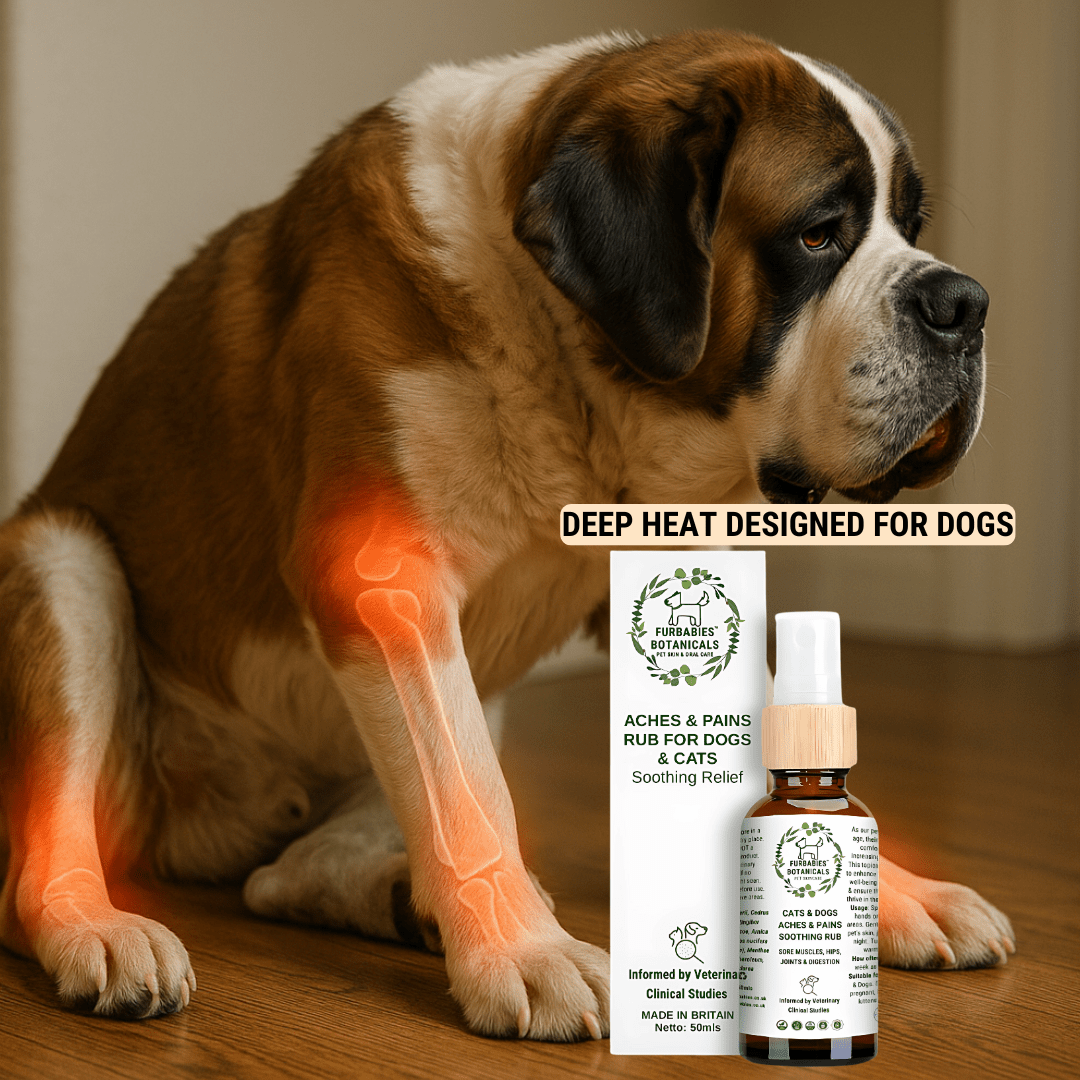






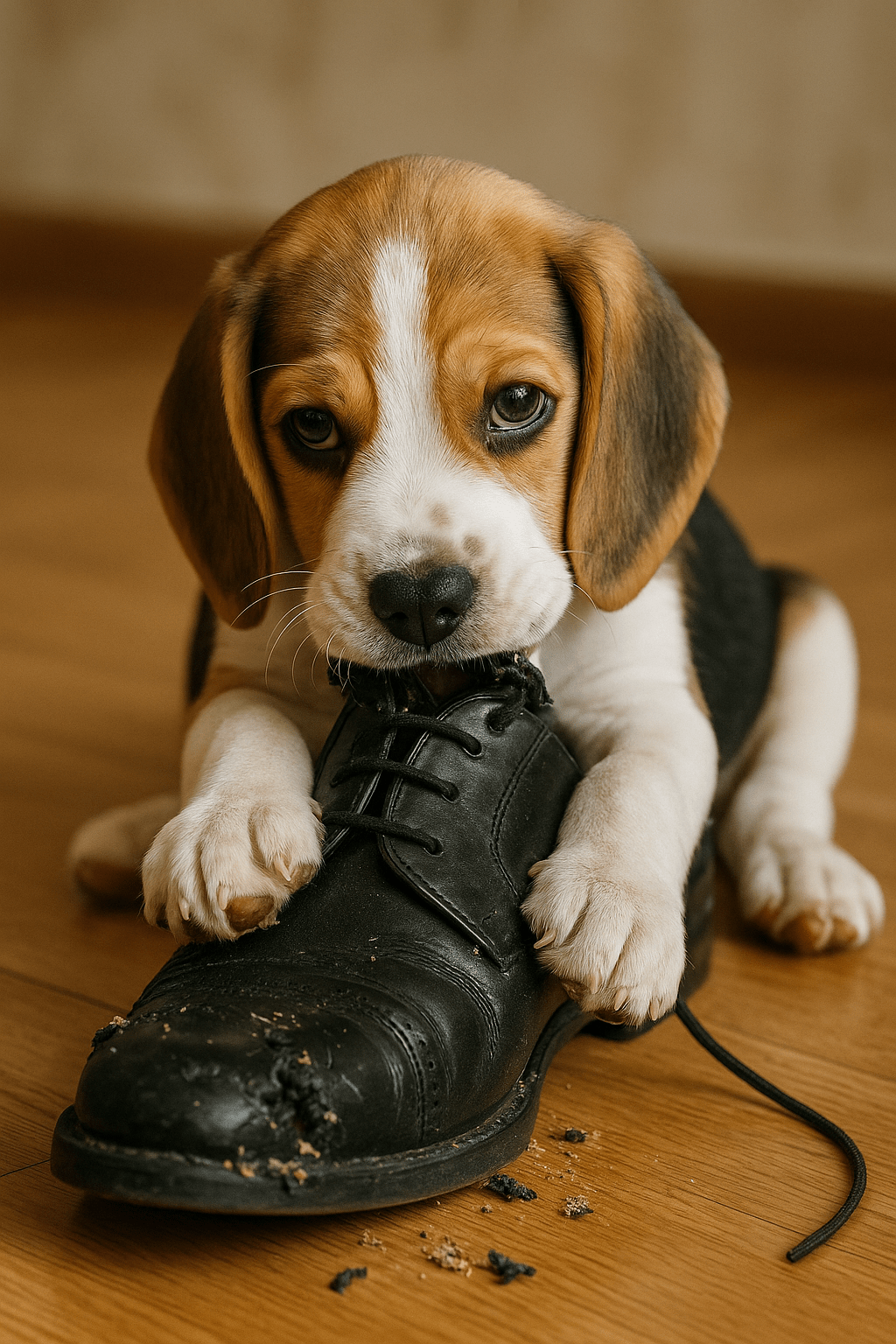
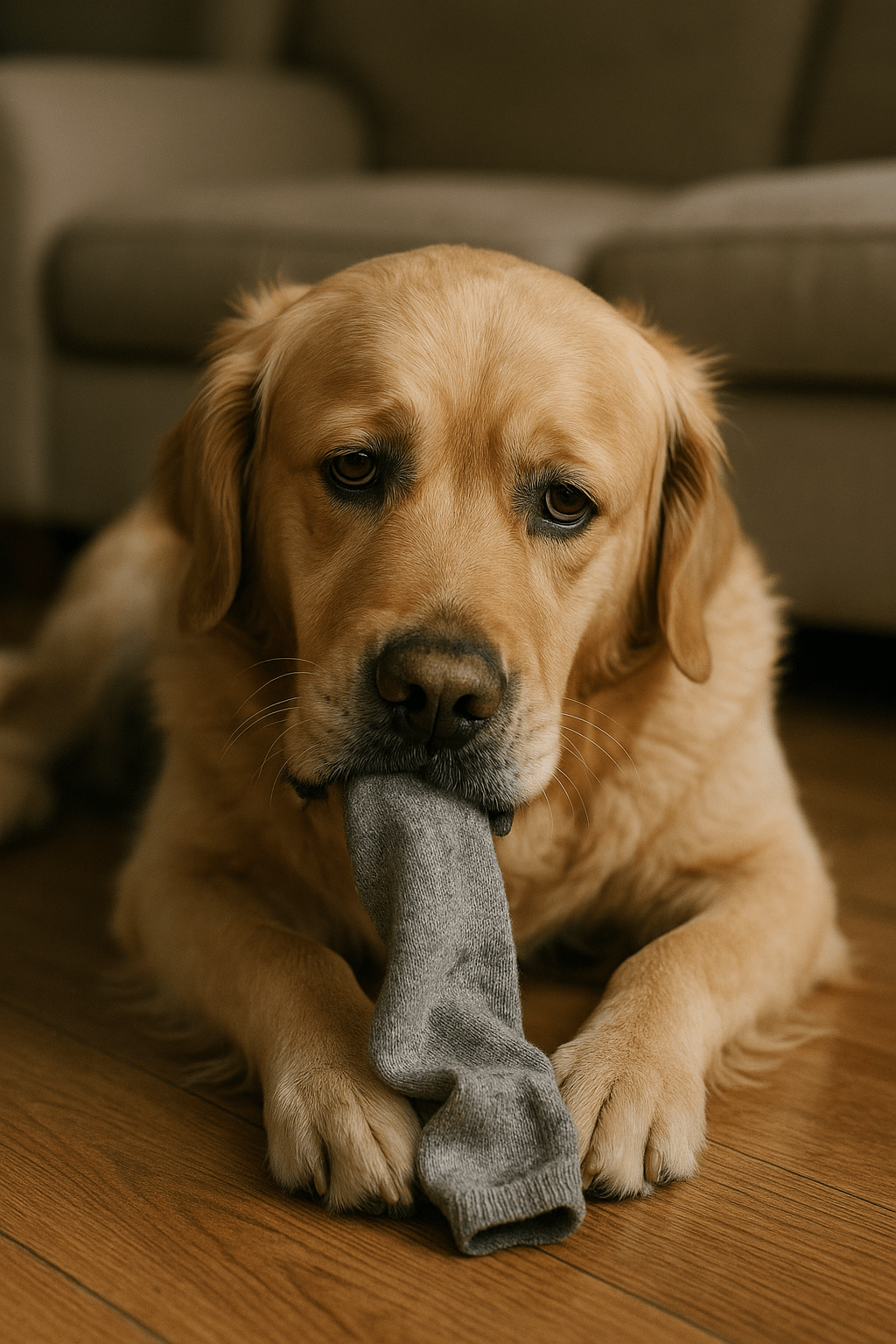
Share:
Dog whining in Sleep - Pain FAQs Part 1
Can I give my dog Benadryl and Apoquel?